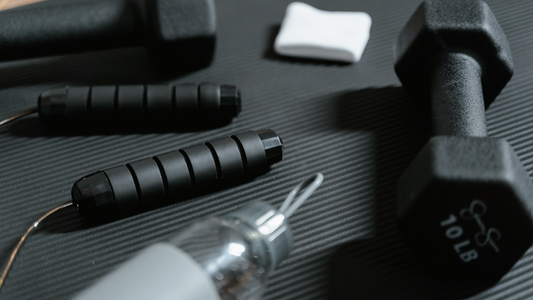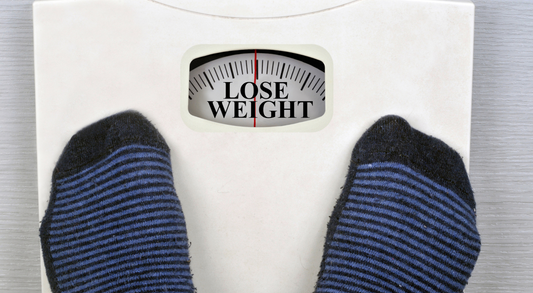Introduction
Fitness plateaus – we've all been there. You're working hard, sticking to your workout routine, and eating right, but suddenly your progress comes to a screeching halt. It's frustrating and can be disheartening, but it's essential to know that hitting a plateau is a natural part of the fitness journey. The good news is that there are effective strategies to break through these plateaus and continue making gains. In this comprehensive guide, we'll explore the common causes of fitness plateaus and provide actionable tips to help you overcome them and reach new heights in your fitness journey.
Understanding Fitness Plateaus
A fitness plateau occurs when you no longer see progress in your workout performance, strength, muscle growth, or weight loss, despite maintaining consistent effort. This lack of progress can be attributed to various factors, such as the body's adaptation to a specific routine or insufficient stimuli for further growth.
Proven Strategies to Break Through Fitness Plateaus
- Change Your Routine: If you've been following the same workout plan for an extended period, your body may have adapted to the specific exercises and rep ranges. To stimulate new growth, try changing your routine by incorporating new exercises, varying the number of sets and reps, or adjusting the tempo of your movements.
- Focus on Progressive Overload: Ensure that you're continually challenging your muscles by increasing the weight, volume, or intensity of your workouts. Progressive overload is the key to driving muscle growth and strength gains.
- Address Nutritional Needs: Reassess your diet to ensure you're consuming enough calories and macronutrients (proteins, fats, and carbohydrates) to support your fitness goals. Additionally, consider incorporating supplements, such as a quality pre-workout, to help optimize your performance and recovery.
- Prioritize Recovery: Overtraining can lead to plateaus and even regression in performance. Make sure you're getting adequate rest between workouts, focusing on sleep quality, and utilizing active recovery techniques, such as foam rolling and stretching.
- Consider Periodization: Implement a periodization approach to your training, which involves strategically varying the intensity and volume of your workouts over time. This can help prevent plateaus and promote continuous progress.
- Set Specific, Measurable Goals: Establish clear, realistic goals to help you stay motivated and focused on your progress. Track your workouts and make adjustments as needed to ensure you're moving closer to your objectives.
- Seek Expert Guidance: If you're struggling to break through a plateau, consider consulting with a personal trainer or fitness professional who can assess your current program and provide personalized recommendations.
Conclusion
Hitting a fitness plateau can be frustrating, but it's important to remember that it's a natural part of the process. By implementing the strategies outlined in this guide, you can overcome these plateaus and continue making progress in your fitness journey. Stay persistent, make necessary adjustments, and don't be afraid to seek guidance from experts – you'll be back on track and smashing new personal bests in no time!



















































